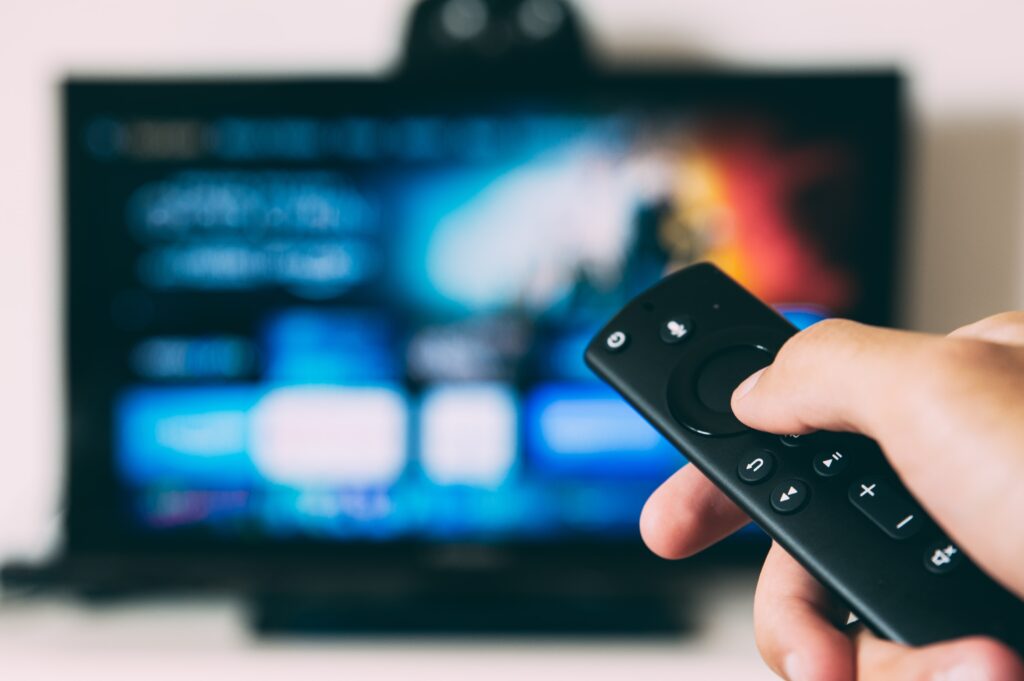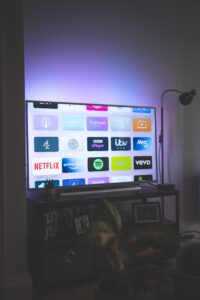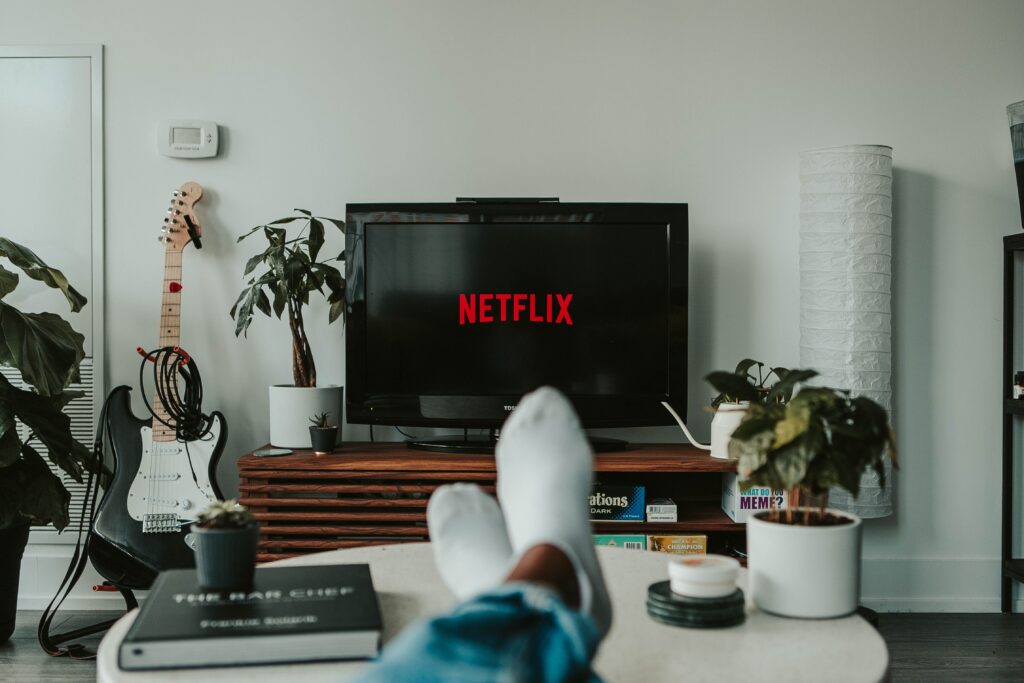It is no secret that streaming popularity has been on a steady trajectory over the last decade. But it should also come as no surprise that there has been a massive rise in streaming subscriptions in the past few years. In fact, nearly half the adults in the U.S. now subscribe to at least one streaming service and increasingly more streaming services are being offered all the time. While Netflix, Hulu and Amazon Prime remain the holy trinity of streaming platforms, the U.S. alone has more than 20 streaming services available, which offer everything from movies and shows to live broadcasts and other entertainment.

With the rise in popularity and platforms, consumers around the globe are ditching traditional viewing methods and opting for streaming services. Let’s dive into why viewers are “unplugging” and turning to digital platforms as their primary form of entertainment.
Convenience
Long gone are the days of waiting for the TV Guide, only to discover it’s full of reruns. Convenience plays a big part in the appeal of streaming. As long as you have a device that can connect to the internet and reliable Wi-Fi, you can access a number of TV shows, movies or broadcast entertainment right at your fingertips. Whether on-the-go or in the comfort of your own home, viewers can easily stream using mobile devices or smart TVs, as 119 million Americans do.
Among the convenience offered from streaming are features we previously became accustomed to with DVRs, such as the ability to pause, rewind and fast forward. Like DVRs, most streaming services also allow users to pick up from where they previously left off. Most impressive, perhaps, is the ability to tune in to a live program or to find a recording of it soon after―something previously only possible with some networks’ OnDemand services.
 Available content
Available content
While traditional broadcasting networks have a significant amount of content, unless you have DVR or OnDemand features in your plan, you are at the mercy of the network’s broadcast schedule. With streaming, viewers have access to thousands of movies and shows that they can watch in their own time.
According to BusinessInsider, the nine most popular streaming platforms (which, in addition to the big three, includes HBO Max, Disney+, Discovery+, AppleTV+, Paramount+ and Peacock Premium) boast over 20,000 movies combined―and that’s just movies alone―not TV shows! With all this content available at your fingertips, it’s no wonder that streaming has become all the rage over the last few years.
Affordability
While your local television provider might have some features that are similar to streaming platforms, these services are relatively less costly compared to traditional cable viewing. Here in New York, for instance, the cost of cable can be upwards of $150 (USD) per month, and this price varies largely by region, state and even country. By contrast, the most popular streaming services range between $4.99 and $11.99 (USD) per month for basic packages. Knowing this, viewers can subscribe to multiple streaming platforms for the same price as cable, or sometimes even less.
Additional Perks for Networks
Aside from the consumer side of streaming, broadcast networks can also use streaming to their advantage. As younger generations turn to streaming services instead of cable, the demographics of cable viewers are changing. Some networks are dropping shows (even live shows) from cable and opting instead to stream them.
In October 2022, broadcast giant ABC dropped its famed “Dancing with the Stars” show from its regular TV programming. In hopes of gaining younger viewers, the 31st season of the show was instead livestreamed weekly on Disney+. The show has been contracted for two seasons on the streaming platform, perhaps in an attempt to better target the demographic of its viewers.
The Bottom Line
While cable television is still here, its relevancy is decreasing as more networks add streaming platforms. Younger generations are attracted to the convenience, affordability and content options that streaming provides, making it an easy choice to unplug from traditional broadcasting. Conversely, many in older generations still turn to traditional television services for things like live news and sports, paving the way for significant advancements in technologies suited to keeping spectators on their couches.
However, several professional sports organizations have begun teaming up with streaming providers and are projecting that the world of sports viewership will see a significant shift to streaming by 2025. Additionally, according to , more than eight in ten Americas reported that they get their news from digital platforms, such as social media.
No matter your personal viewing preference, one thing is for certain: a big evolution is coming for the world of broadcast and production, and it’s exciting to see where things continue to go.
As a PR/marketing leader in the broadcast and film production industries, D. Pagan Communications stays ahead of the latest technologies, helping companies in the field get the exposure they need to make their mark in the industry. If you need assistance growing your technology service or manufacturing business, contact us now to see how we can help!

